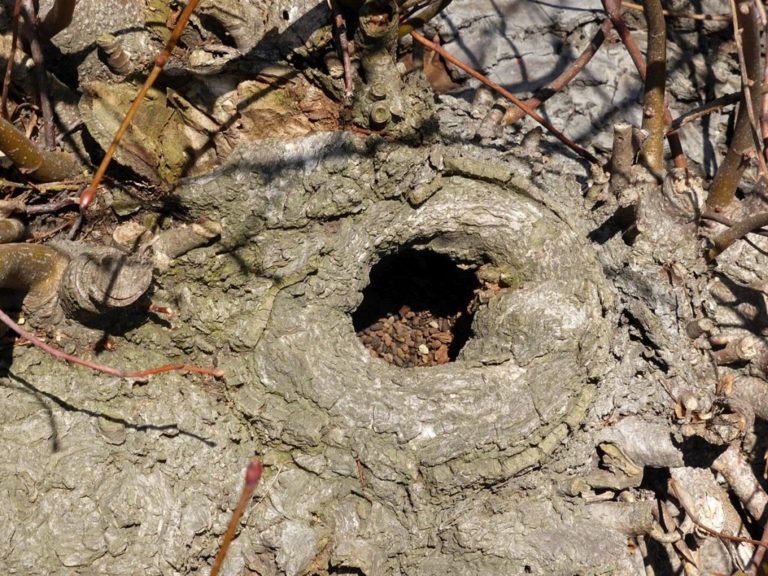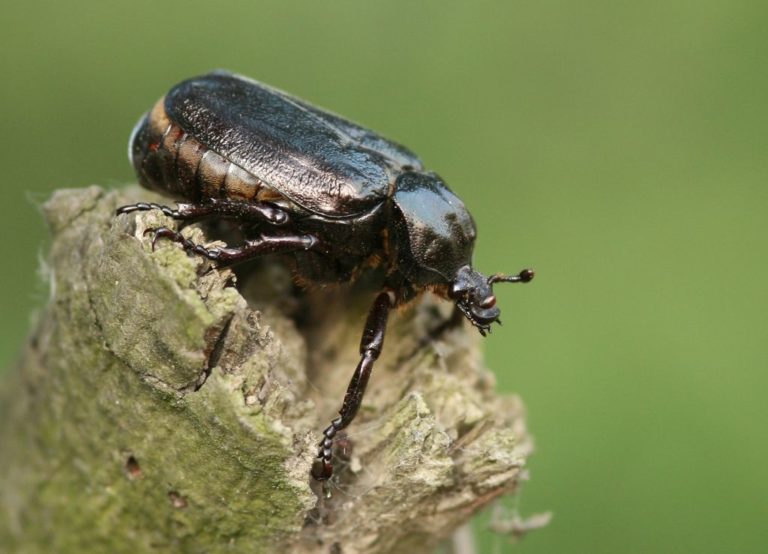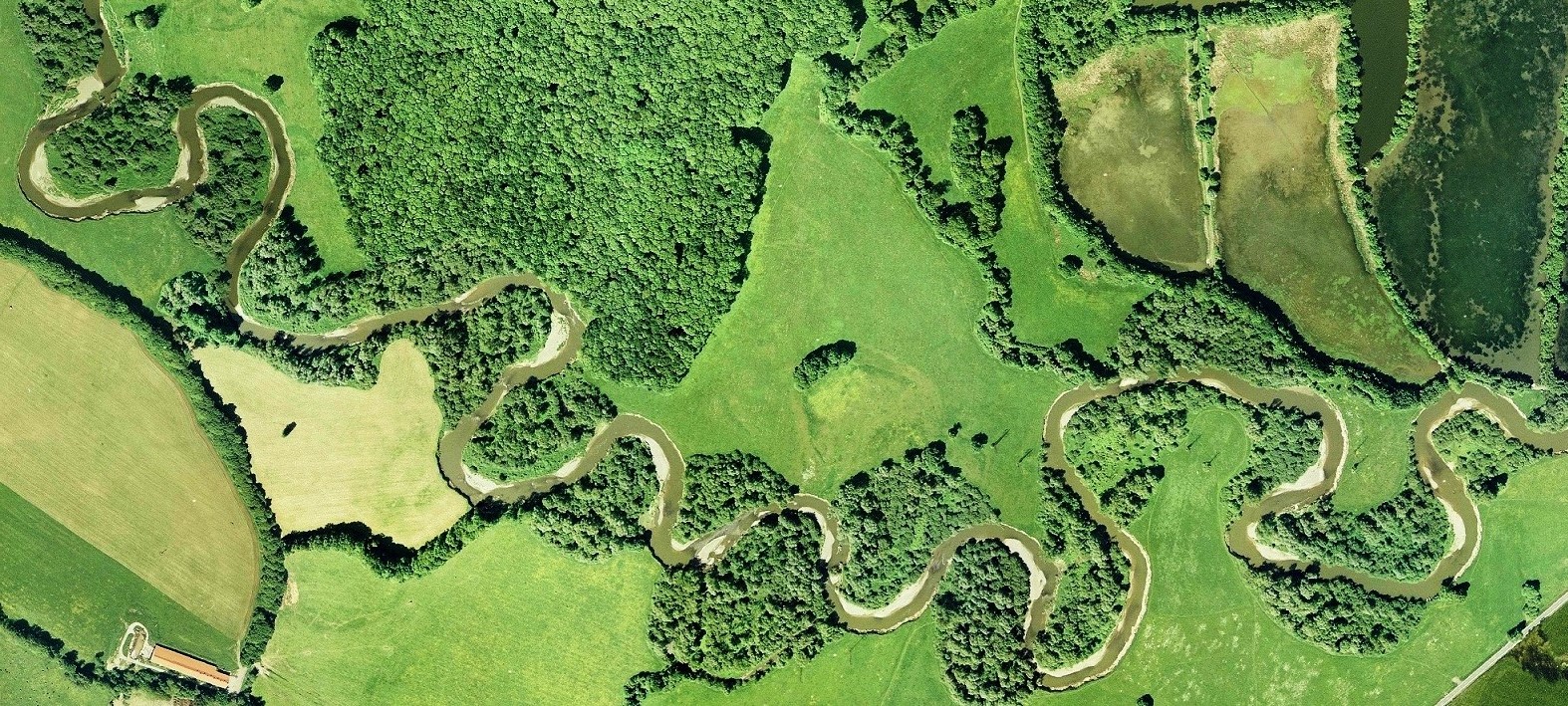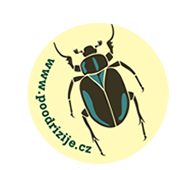Name of the project: Protection of hermit beetle in SAC Poodří
Project Acronym: LIFE Osmoderma 2017
Project Code: LIFE 17 NAT/CZ/000463
Project territory: Czech Republic, SAC Poodří
Total budget: 954,012 EUR
Duration of the project
Start: 1st September 2018
End: 31st September 2023
Project team:
Arnika – Centre for Citizens Support, Czech Republic
Czech Union for Nature Conservation, Local Chapter Studénka, Czech Republic
University of Ostrava. Faculty of Science, Czech Republic
Foundation of Eco-Development, Poland
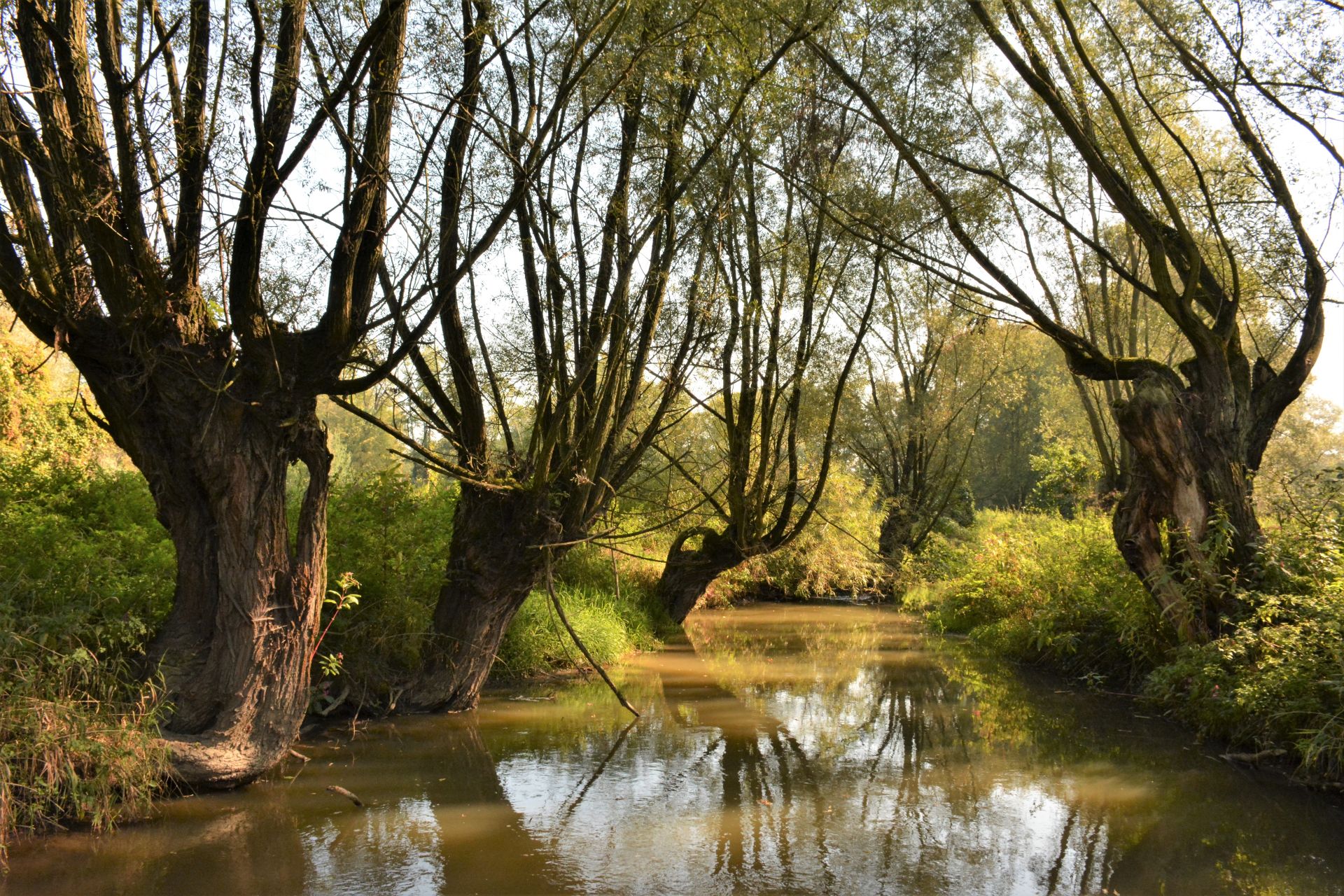
Project territory
SAC Poodří is located in Moravskoslezský (Moravian-Silesian) region. The Odra river basin is unique on a national scale because of the length of the seminatural river with preserved water regime and alluvium, which is annually flooded. The meandering channel of Odra river and surrounding systems of blind river arms and pools, high ratio of grasslands with scattered. greenery, alluvial forests and extensive systems of fish ponds represents a unique refugium of biodiversity near the industrial areas of Ostrava`s conglomeration. Old trees with cavities are here an endangered kind of microhabitat. Halting of degradation and restoration of habitats for the hermit beetle will contribute to preservation of many other species. We will improve nesting conditions for endangered species.. Regular pollarding of willows will support the development of hollows – potential habitats not only fot the hermit beetle, but also other species inhabiting hollows, such as birds and bats (Vespertilionidae). By clearing areas around old willow trees and lightening the greenery along water courses, we will improve conditions for species related with sun-lit water surface of streams and flow-through pools, such as European weatherfish (Misgurnus fossilis) and European fire-bellied toad (Bombina bombina). These species are also subjects of protection in SAC Poodří. By preserving old hollow trees, reviving of pollarding of the willows and growing traditional varieties of pear trees, we will contribute to increasing of biodiversity and to restore typical traditional landscape elements in Poodří region. At the same time, we will demonstrate, how pollarding in the agriculturally exploited deforested landscape supporting survival of highly specialised species depending on old trees.
Hermit beetle (Osmoderma barnabita)
Form of protection
Protected by the law as critically endangered species (Regulation No. 395/1992)
Red list of threatened invertebrates of Czech Republic: critically endangered species
IUCN Red list of threatened species (Version 2017-1): near threatened species
Habitat Directive (Council Directive 92/43/EEC, annex II and IV): priority species
Bern Convention on Conservation of European Wildlife and Habitats (Council of Europe 1979), Appendix II: strictly protected fauna species
Taxonomy
Several taxonomic units were identified within original Osmoderma eremita species. According to actual knowledge, there are four species of hermit beetle on European territory. Eastern Europe territory including Czech Republic is occupied by Osmiderma barnabita species. In Czech legislation, the species is stated as Osmoderma eremita, but this fact has no impact (due to retroactivity of the law) on legislative status of the species. Within the project implementation process, the species will be always referred to as Osmoderma barnabita.
Ecology
The hermit beetle is a typical example of an insect inhabiting tree hollows. In northern Moravia and Silesia, it prefers willows, poplars and lindens. In Odra river basin (Poodří region) its favourite microhabitat is the white willow (Salix alba), recently the species was often observed also in pear trees, which can be regarded as potential microhabitat as a longevity fruit tree developing cavities).
Hermit beetle needs hollows filled with highly decayed wood (red) and stable microclimate (temperature and humidity). These requirements are usually fulfilled in solitary trees exposed to sun for whole days. Hermit beetle inhabit hollows in the trees of various age and trunk circumstances, but typically the width of these cavities should be bigger than 50 cm. Hermit beetle cannot live in hollows exposed to rain holding water (phytotelmata).
Optimal conditions for hermit beetle can be found in natural forests (which basically do not exist in Czech Republic), or in old parks and especially alleys. The majority of the sites with occurrence of hermit beetle in Czech Republic are of anthropogenic origin.
Larvae of hermit beetle are up to 8 cm long and live almost exquisitely in decayed wood inside hollows of the old trees. They can be found in large amounts together, in different stages of development. Hermit beetle is saproxylophagic, larvae feeds on decayed wood inside cavities of standing broadleaved trees, especially in the middle and upper parts of the trunk. The development of larvae takes several years. They are adult after 2-3 years, depending on temperature, humidity and food availability. They create cocoons in the fall and beginning of the winter. Cocoons are made of decayed wood and their own droppings and are glued to the wall of the cavity. Adult insects appear from June to August. However, they are not very active and are reluctant to fly. The maximal observed flight distance is 200 m. In years with adverse weather they can even stay in their home cavity. They occasionally lick sap from damaged trees. Beetles have a characteristic smell compared to that of old tanned leather.
